Visiting the World's Most Northern Community
A journey to Ny-Ålesund and Kongsfjorden, Svalbard
Three years ago my partner Matt and I fulfilled a dream, and traveled the Norwegian Coastal Voyage from Bergen to Kirkenes near the Russian border.
One of the stopping points on this magnificent journey was Nordkapp (North Cape), which is famous as being the northernmost point of continental Europe.
I remember standing at the famous globe sculpture at Nordkapp, and gazing northwards out to sea.
I remember thinking that I was closer to the North Pole than I was to Oslo.
And I distinctly remember thinking that this was the furthest north that I would ever travel.
But I was wrong!
Last year we got an offer that we simply couldn’t refuse.
The same company (Hurtigruten) offered us a fantastic deal for a different journey from Bergen to Svalbard and back, visiting Longyearbyen (the world’s northernmost town), and then going even further north to the small international research community of Ny-Ålesund. Like I said, an offer we simply couldn’t refuse.
So in September 2024 we found ourselves spending a night in Bergen, a city we love dearly, before embarking on Hurtigruten’s MS Trollfjord. This was actually the same ship we had traveled on two years previously, and even though it had been refurbished between the two journeys it felt like returning home.
It is quite a journey from Bergen to Svalbard. It involves traveling to the very north of Norway’s stunningly beautiful coast, stopping at numerous ports on route, followed by a two day crossing of the Barents Sea.
This post is about our visit to Svalbard, but do look out for future posts on other places we visited on our two voyages.
Our outward journey was unfortunately plagued by bad weather, and on two days the planned stops had to be cancelled for safety reasons. We were worried that the Barents Sea crossing would also have to be cancelled, but fortunately we were able to proceed.
We passed Nordkapp at sunset on the fifth day, and it was interesting to see its cliffs from a different perspective. We could just make out the visitor center at the very edge of the continent, as you can see in the photo below.
The journey up the Norwegian coast is sheltered by the multitude of islands it passes through. The Barents Sea crossing is entirely different, being completely open and exposed.
Matt and I are lucky in that we don’t suffer from sea sickness, and we didn’t find the crossing particularly rough. But many other passengers did and some were ill for the entire crossing.
The journey across the Barents Sea passes Bear Island (Bjørnøya), which is actually the southernmost island of the Svalbard archipelago. Longyearbyen and Ny-Ålesund are both located on the island of Spitsbergen further north.
Bear Island is uninhabited except for a weather station. The island is a designated nature reserve and its imposing cliffs have large seabird colonies. Unfortunately it was very foggy when we passed (which I believe is very common), so we only got brief glimpses of the island.
We saw lots of seabirds, especially fulmars and puffins, around this area and also saw minke whales several times on our journey.
On the second day after passing Nordkapp, we reached Spitsbergen.
A brief detour allowed us to view the coal mining town of Barentsburg from the ship. This is actually the second largest settlement in Svalbard, and the situation here is rather strange.
The town’s population used to consist almost entirely of Russian and Ukrainian nationals, but after the Russian invasion of Ukraine most of the Ukrainians left. Russian flags fly from buildings and nationalistic parades have been reported. Looking at this small, isolated and rather bleak town surrounded by wilderness, I wondered what the residents feel about their current situation.
Later that day we arrived in Longyearbyen at 78° north, the largest settlement in Svalbard.
Longyearbyen is an interesting little town with around 2000 residents from many different countries. On first sight it looks a bit grim, with evidence of coal mining everywhere. While mining still takes place on a small scale, tourism and research are now more important.
The town has several shops, museums, hotels and surprisingly good restaurants, including one with a well-known wine cellar. It is surrounded by arctic wilderness. Whales can sometimes be seen in the fjord, reindeer in the streets, and polar bears are occasionally spotted.
Unfortunately we were not lucky enough to see any of the local wildlife, and the weather quickly deteriorated. We managed to enjoy a brief walk around the town’s streets, taking in the unique atmosphere, before returning to the ship for the journey to NY-Ålesund which we would reach the following morning.
NY-Ålesund is not a typical tourist destination. It is a small research center where scientists from many different countries are actively studying arctic ecology, biology, geology and climate. Over 100 researchers live in the center through the summer months, and about 40 stay throughout the harsh dark winter.
There are very strict rules that visitors to the settlement must follow. Anyone who wished to disembark in NY-Ålesund (which of course we did) had to attend a compulsory lecture to ensure that they understood the rules, and the reasons for them.
The rules were as follows:
Radio-silence must be maintained at all times, so wi-fi and bluetooth must be turned off (so as not to interfere with sensitive scientific equipment)
Visitors must only walk on made-up roads and wooden boardwalks (to prevent damage to sensitive plants and wildlife on the arctic tundra)
Anyone wishing to walk outside the settlement must be accompanied by someone carrying a firearm (because of the constant danger of encountering a polar bear)
NY-Ålesund is located at 79° North in spectacular Kongsfjorden, which is surrounded by mountains and glaciers. The morning we arrived we were up very early to enjoy the approach journey through the fjord.
Two hours before reaching NY-Ålesund the ship’s wi-fi was turned off, and we approached very slowly before mooring at our northernmost destination.
We were then able to explore for a couple of hours while our ship unloaded supplies.
Despite being so far north, the conditions at Longyearbyen and NY-Ålesund are not as extreme as we expected. Even this far north the west coast of Svalbard feels the warming effects of the Gulf Stream. I imagine that it is very different in winter.
There were a few small icebergs floating around near the jetty. The photo below shows my partner Matt standing next to one of them.
NY-Ålesund has a shop, a small museum and a working Post Office. Several polar expeditions started here, and it is possible to visit the mast where Roald Amundsen attached the airship Norge before setting off to the North Pole.
We were happy just to wander and explore the accessible areas of the town, soaking in the atmosphere of this unique location and enjoying the views over the surrounding fjord, mountains, and glaciers.
Although the glaciers are still impressive, scientists who have been visiting NY-Ålesund over a number of years say it is astonishing how much they have retreated in this short period of time.
When we were all back on board, we departed NY-Ålesund, and spent some time exploring Kongsfjorden.
It would take a better photographer than me to truly capture the scale and grandeur of this magnificent place, but I hope my photos at least give an idea of the stunning surroundings.
As you can see in the two photos below, we were not alone in the fjord. The other ship was MS Nordstjernen (North Star), which was the oldest ship in Hurtigruten’s fleet. This was on its very last voyage before being retired from service.
Although the first part of our journey had been marred by bad weather, the visit to NY-Ålesund and Kongsfjorden made it more than worthwhile.
As a final treat we experienced a wonderful sunset on the southward crossing the the Barents Sea, and just after the sun disappeared there was a beautiful orange glow above the horizon.
This wasn’t the end of our journey. We visited some wonderful places on the way south back to Bergen, some of which I will write about in future posts.
There are undoubtedly much prettier destinations in Norway, but to me Kongsfjorden was breathtakingly beautiful and remote and mystical and special. I had often wondered what it would be like to visit Svalbard but assumed I would never get the chance.
I feel so privileged to have visited this tiny unique arctic research station in the very far north — an experience I will never forget.
For anyone interested there is a video about life in Ny-Alesund here.
You can find out about Hurtigruten’s Norwegian Coastal Express and Svalbard Line here (this is not an affiliate link).
This post is free for everyone to read. If you enjoy my posts and would like to support my writing and photography please consider a free or paid subscription.
If you don’t want to commit to a paid subscription but would still like to support my work you could Buy Me A Coffee.
You can see more of my photos in my Picfair Gallery, where you can purchase downloads and prints in various formats.



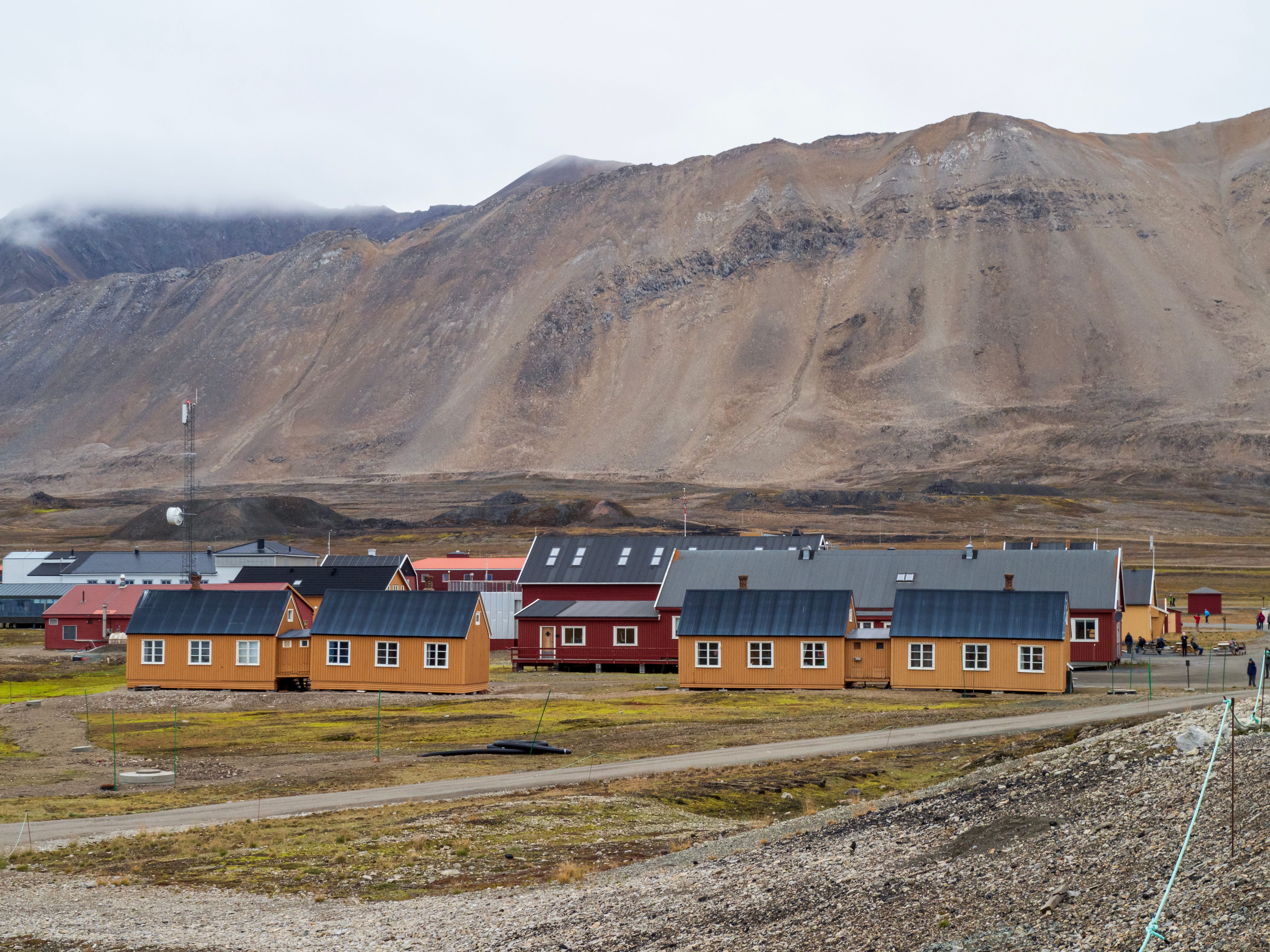
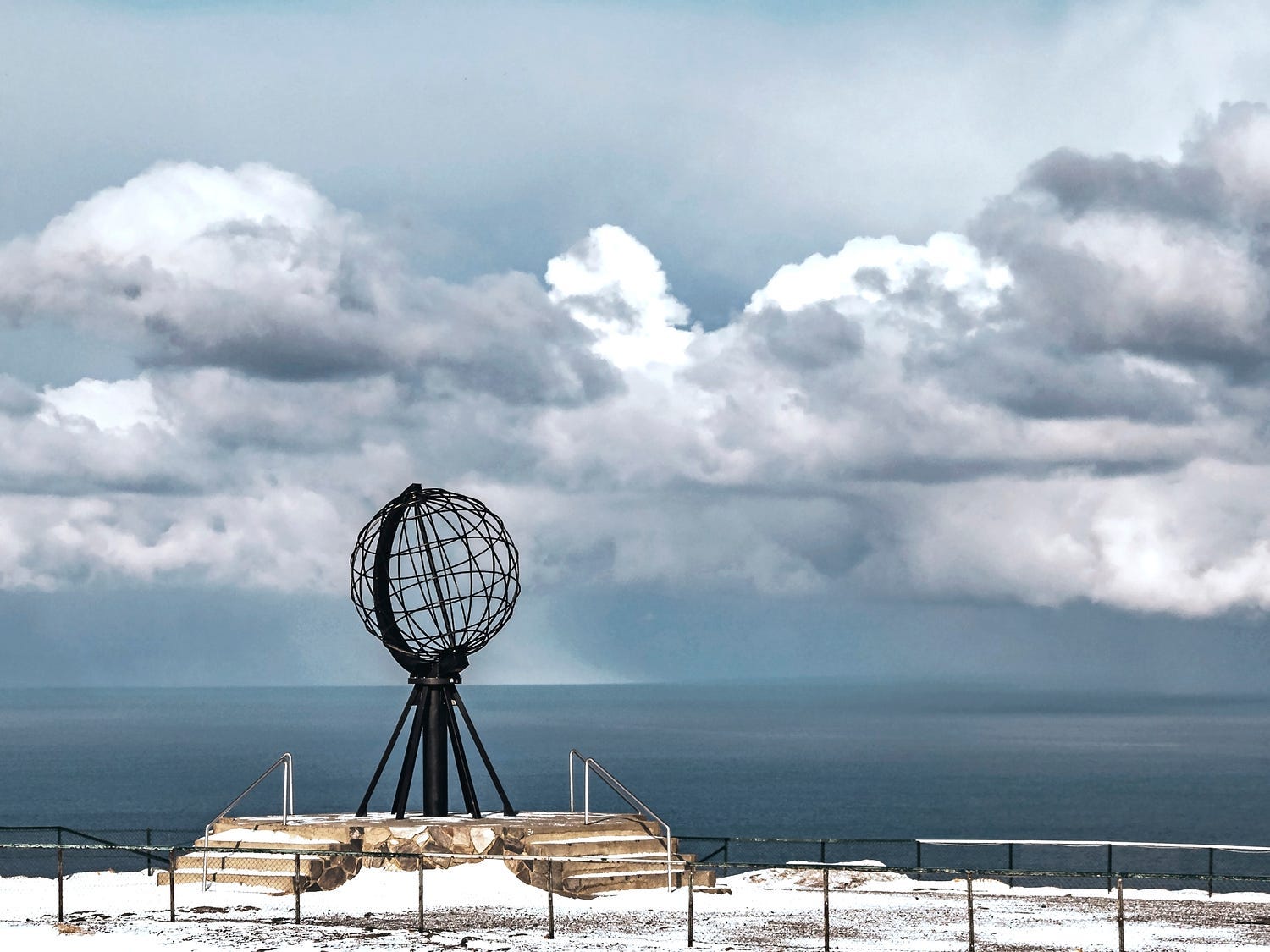
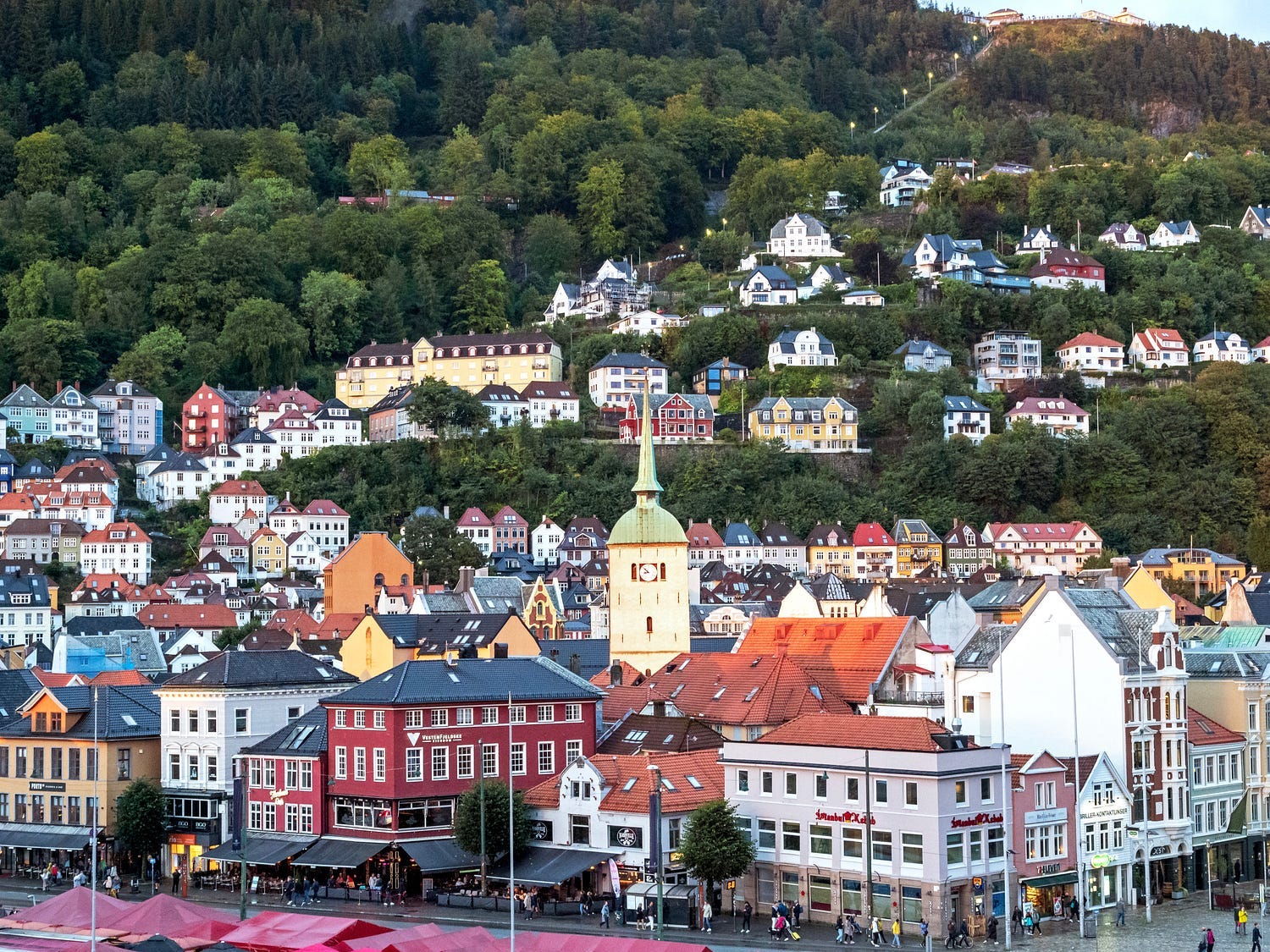
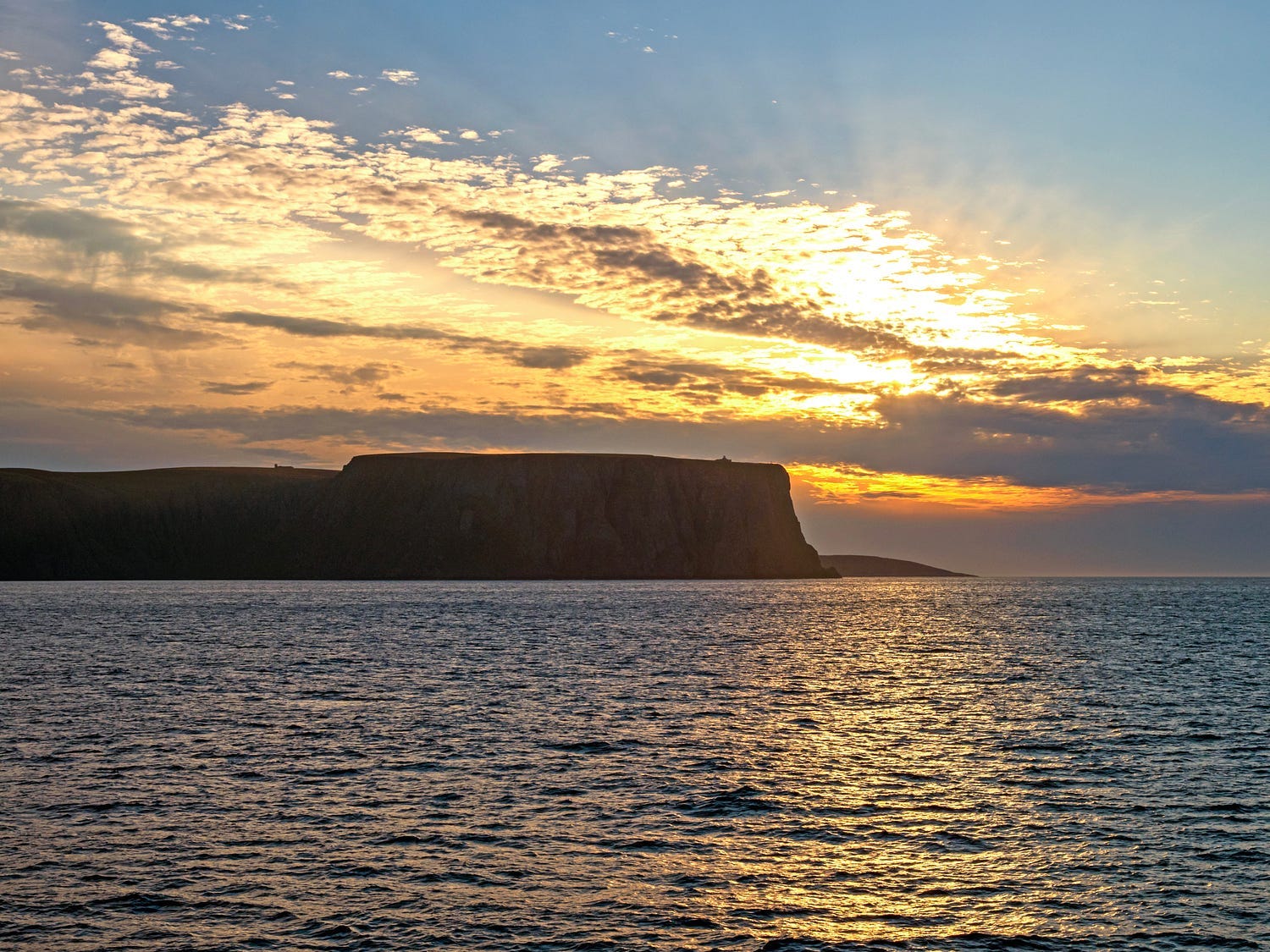


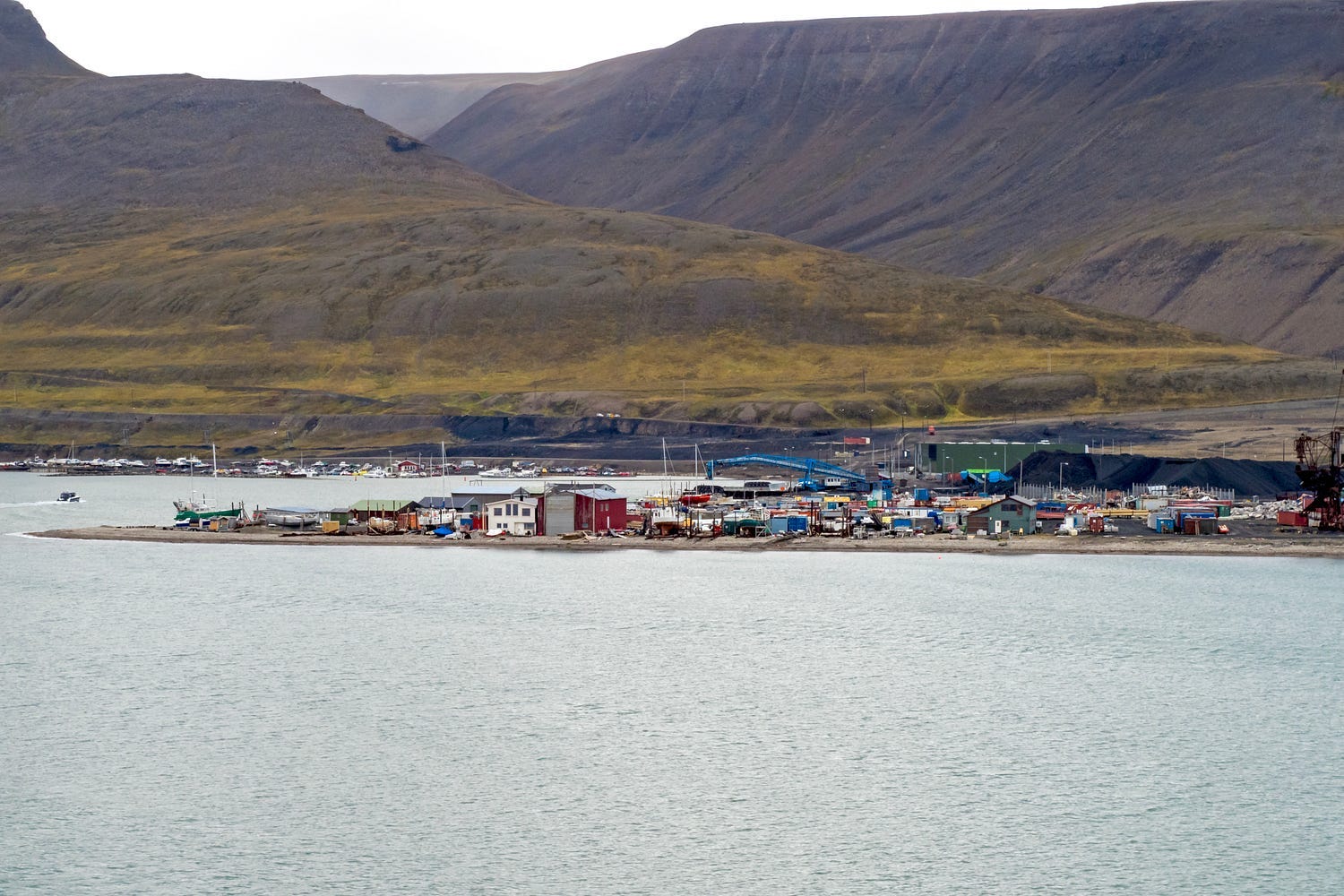
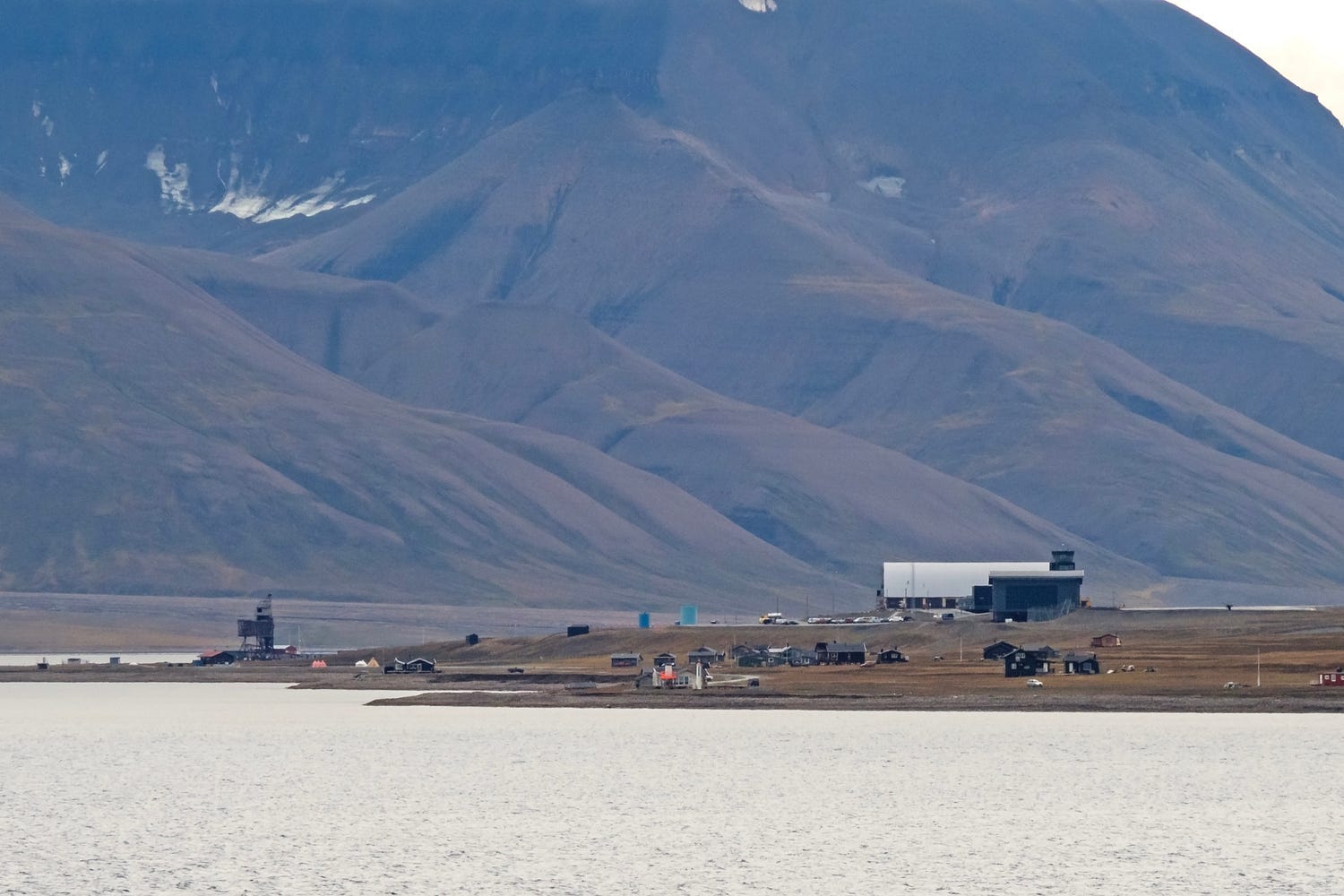
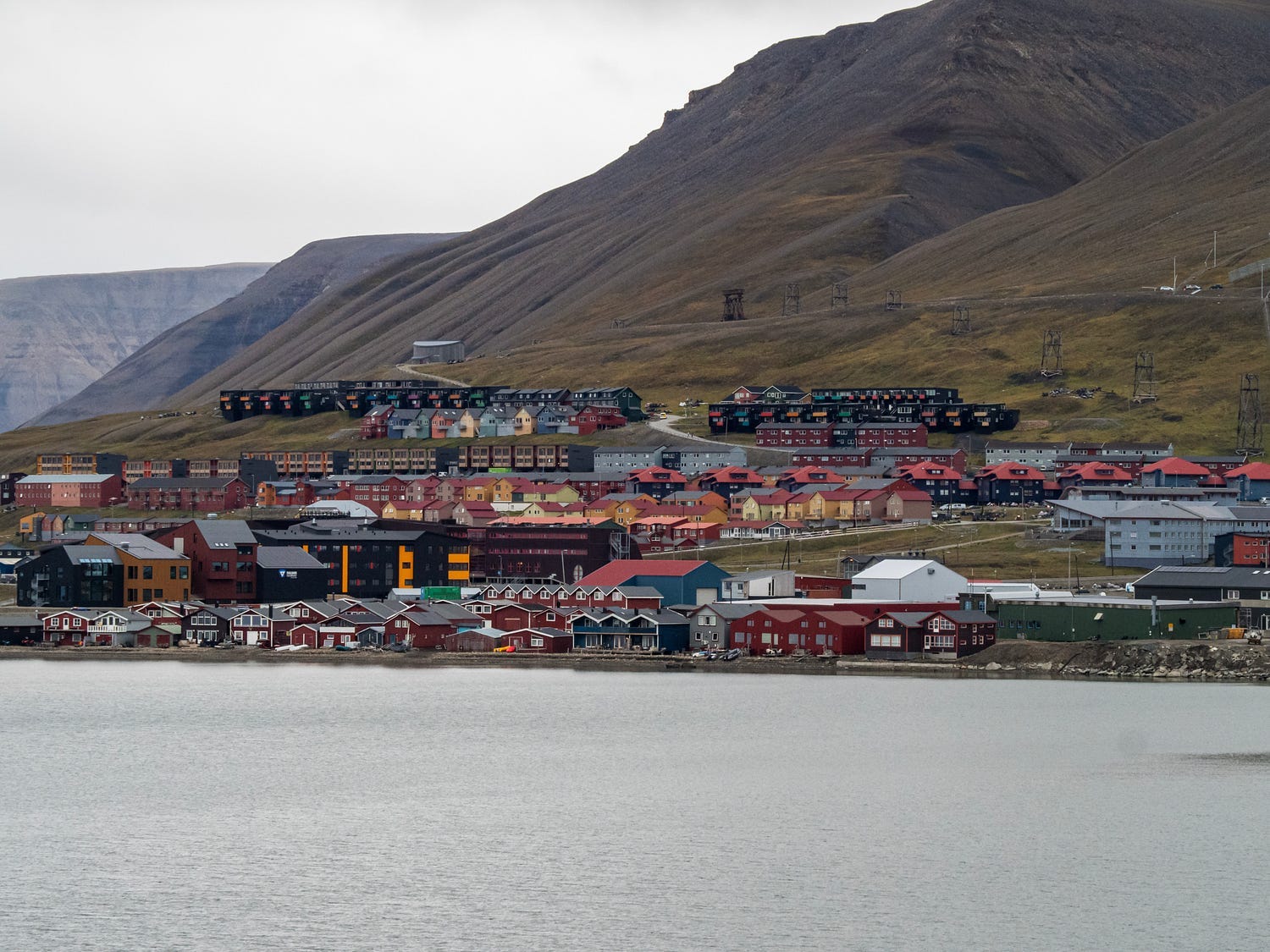
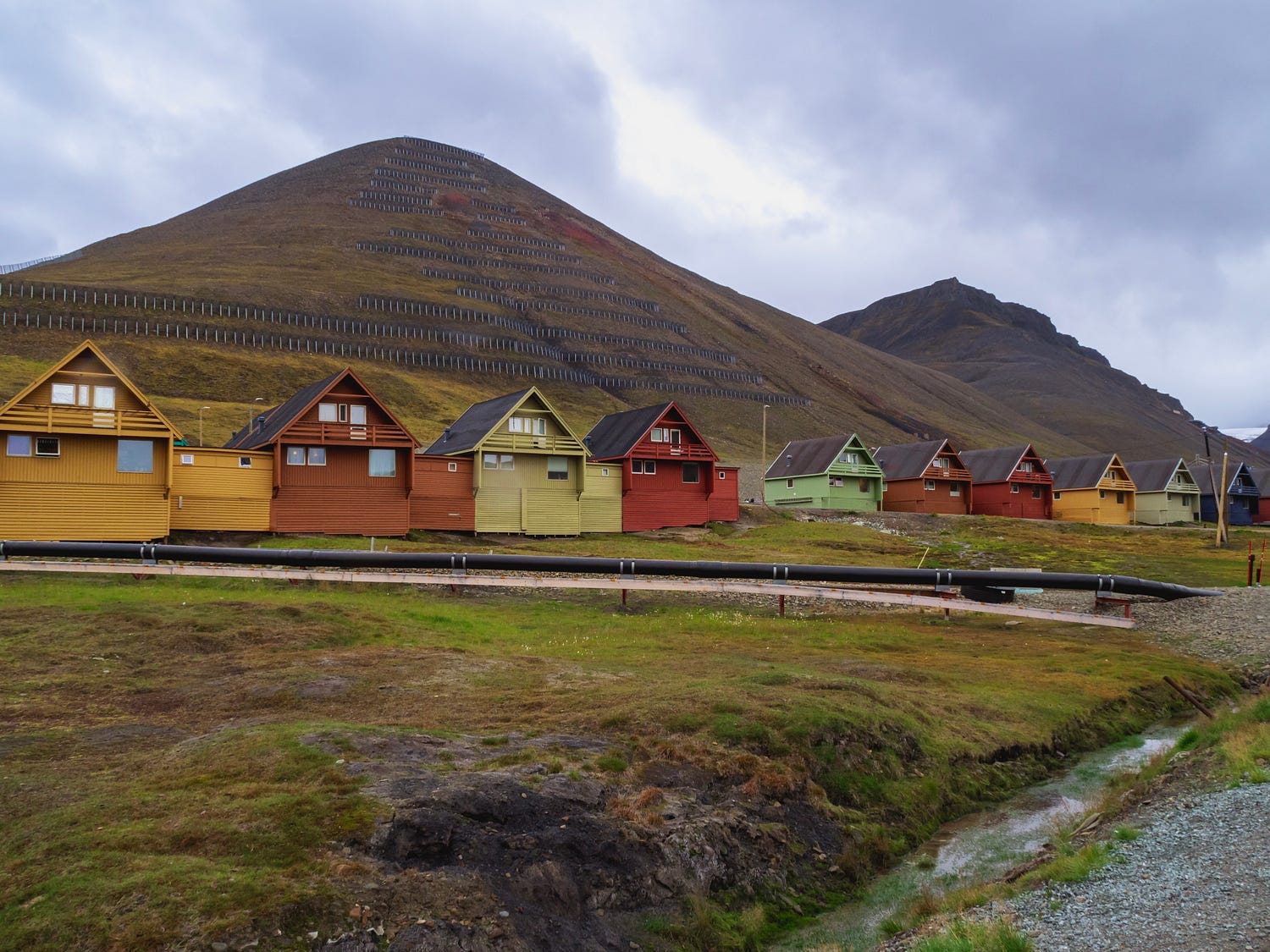

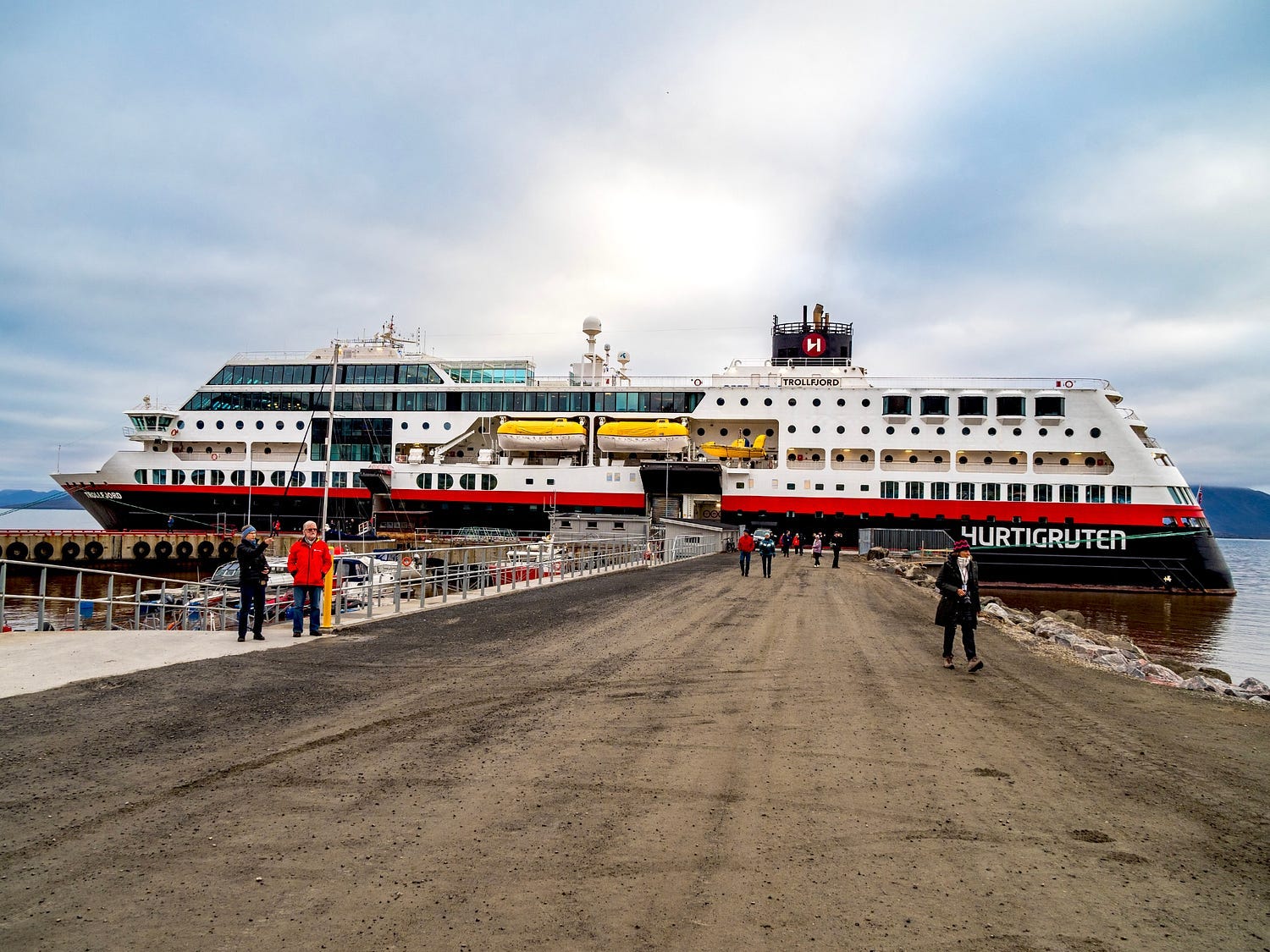

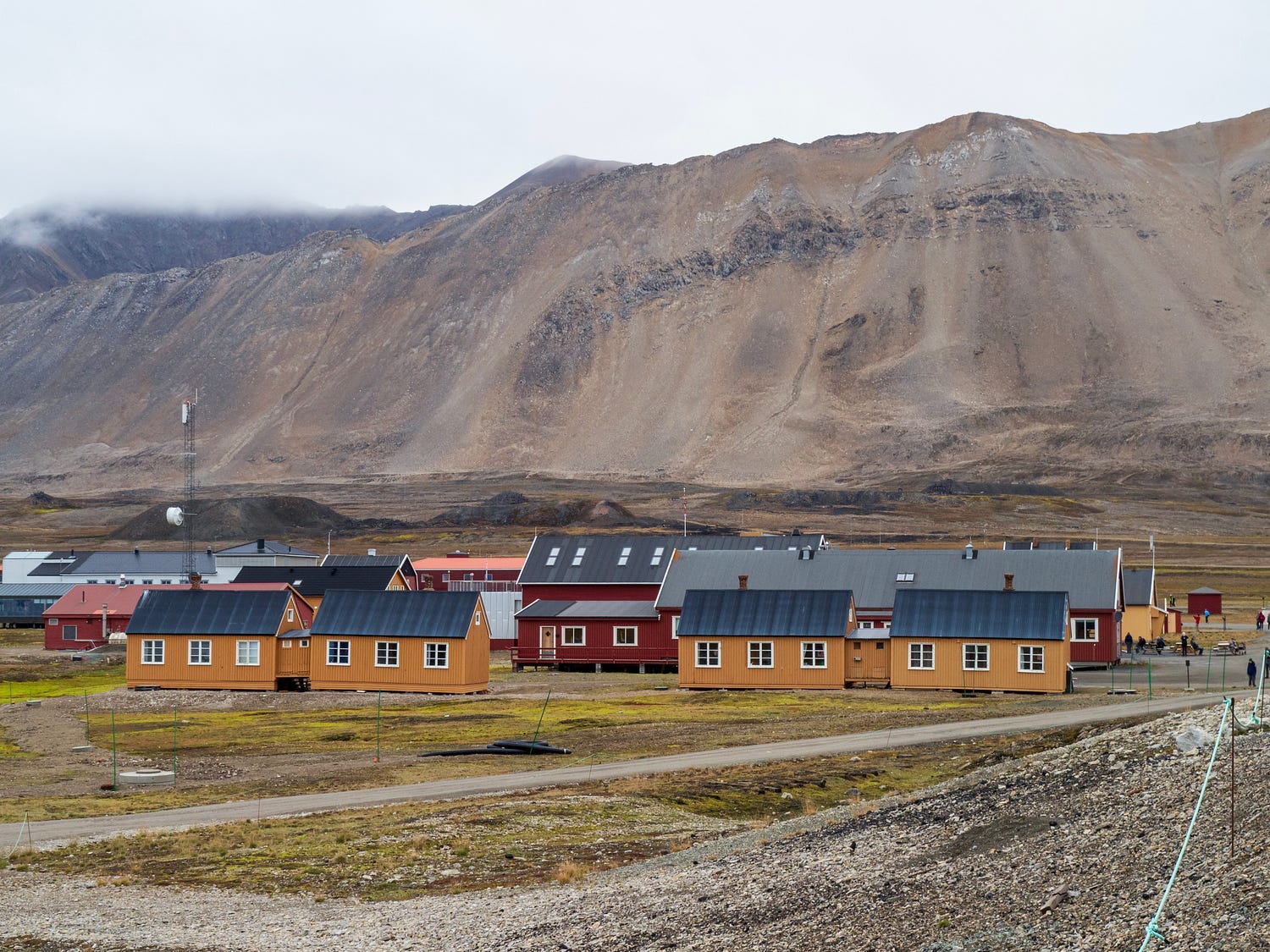
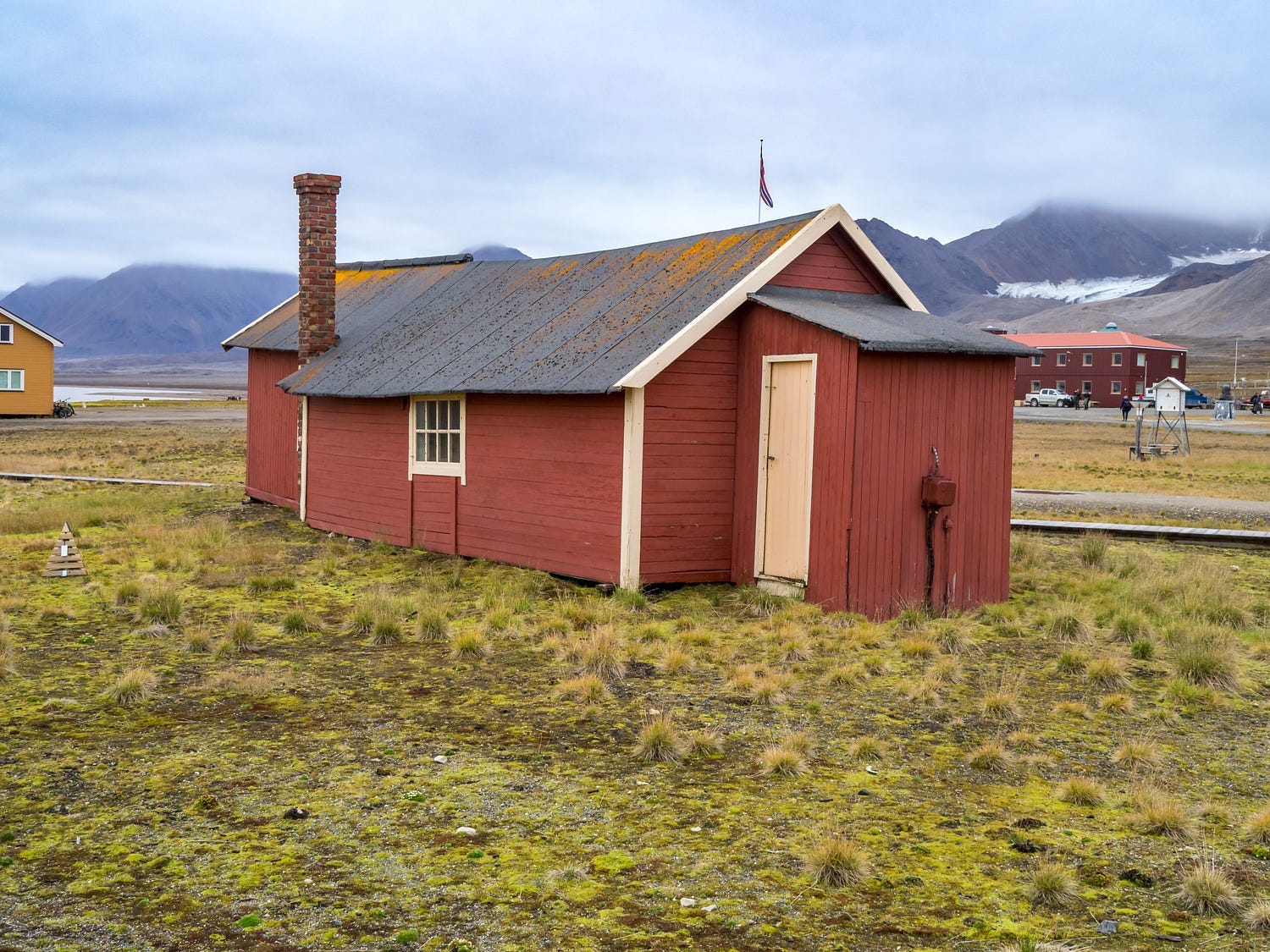



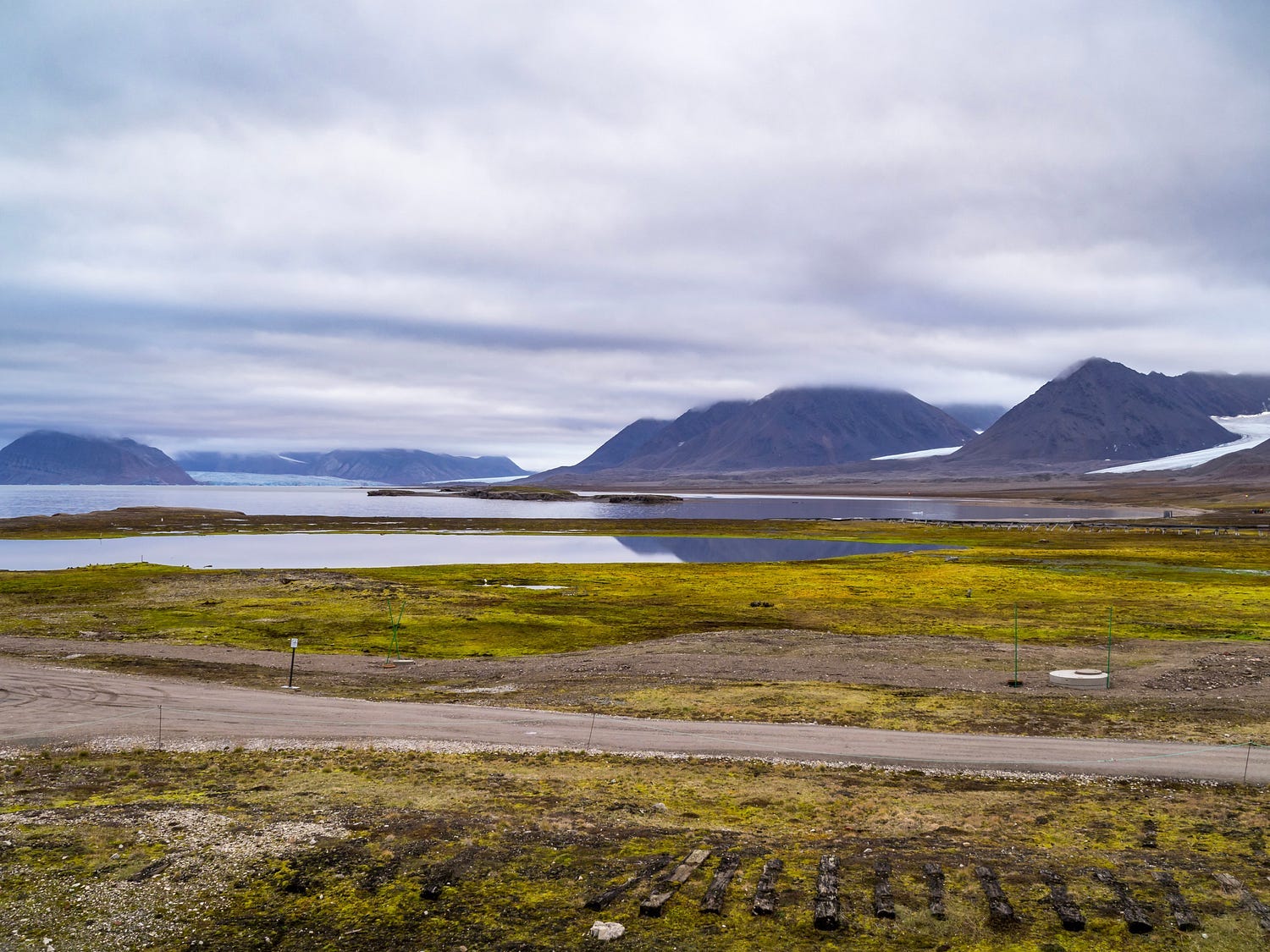


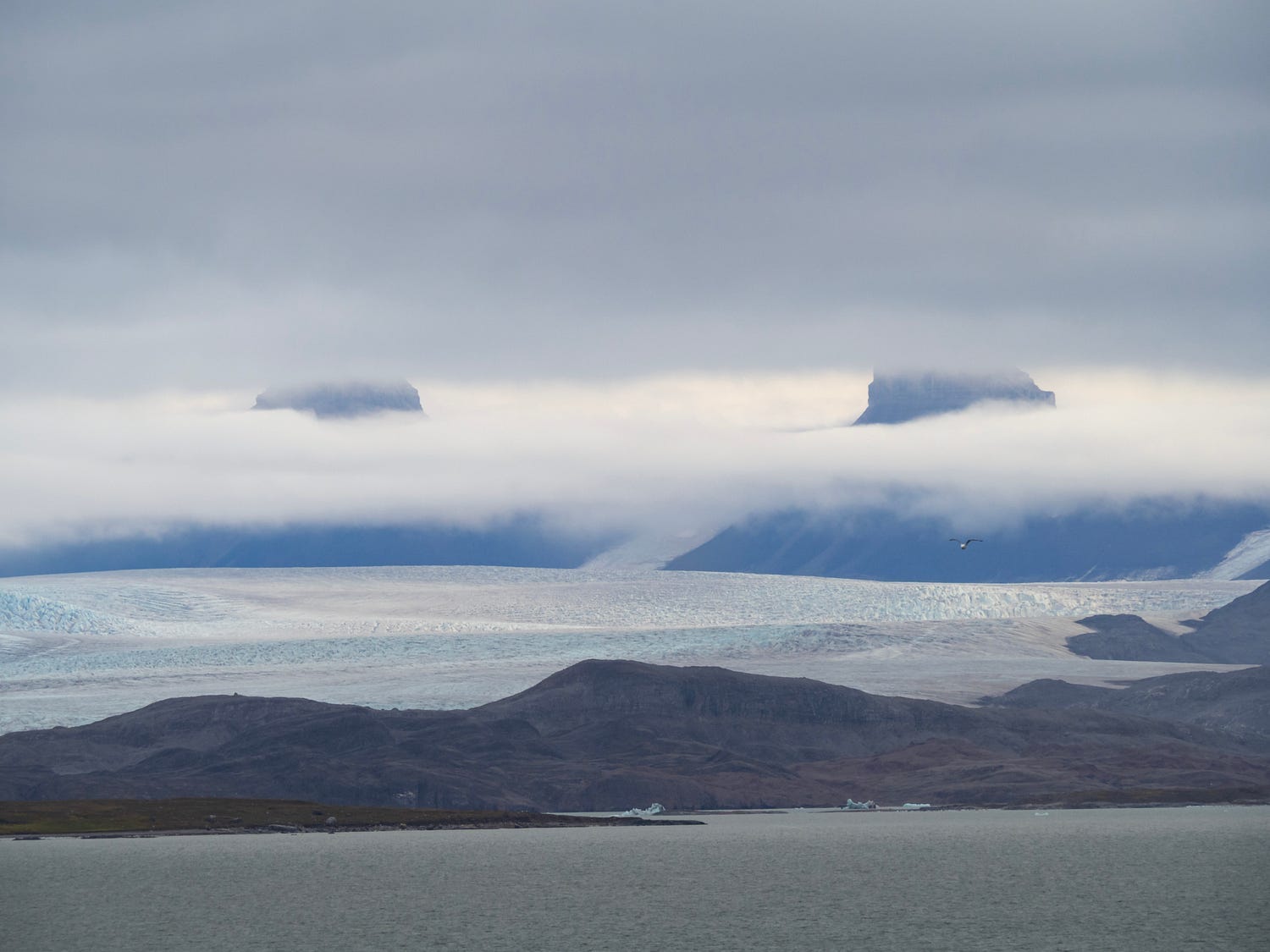
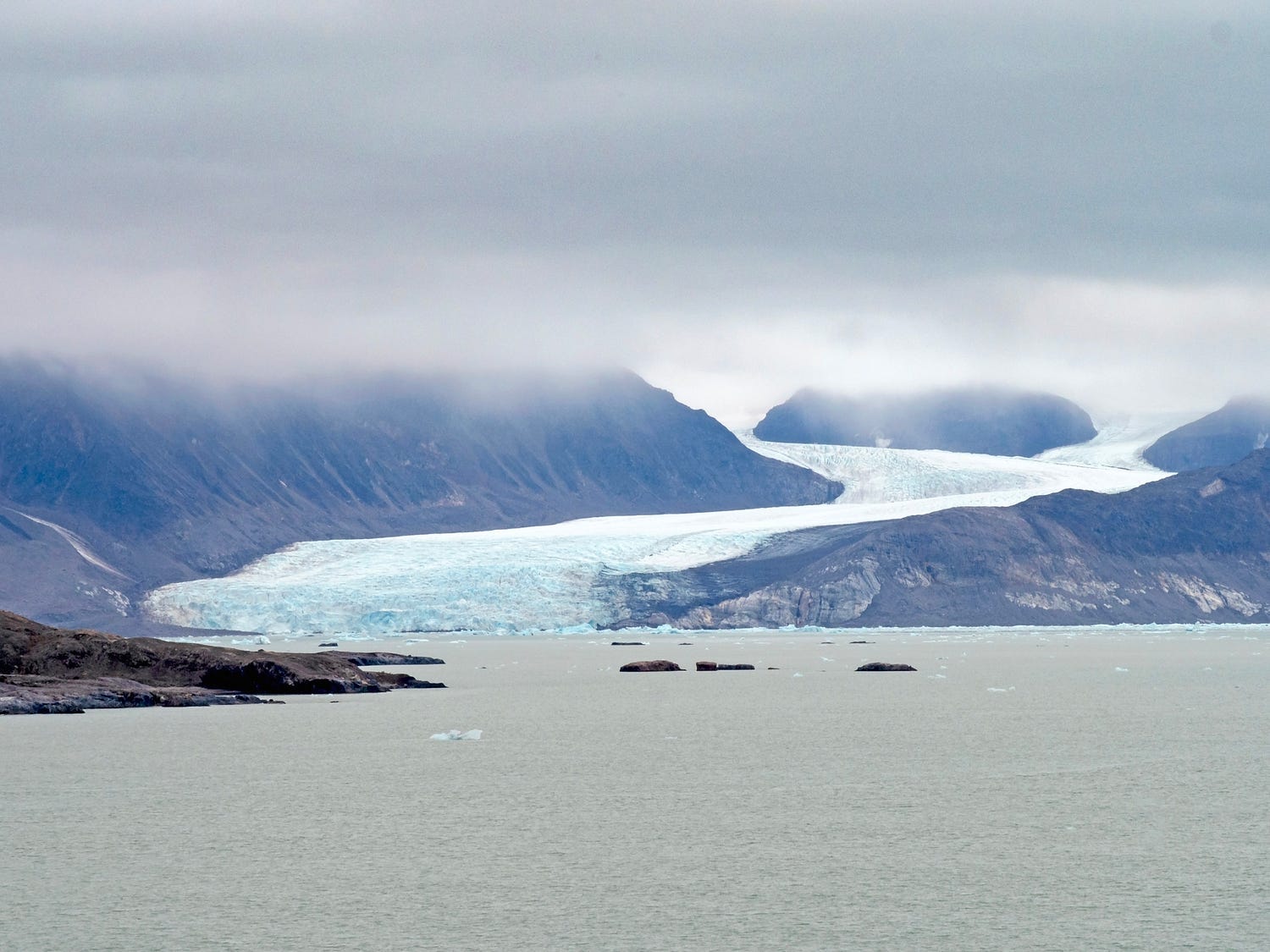


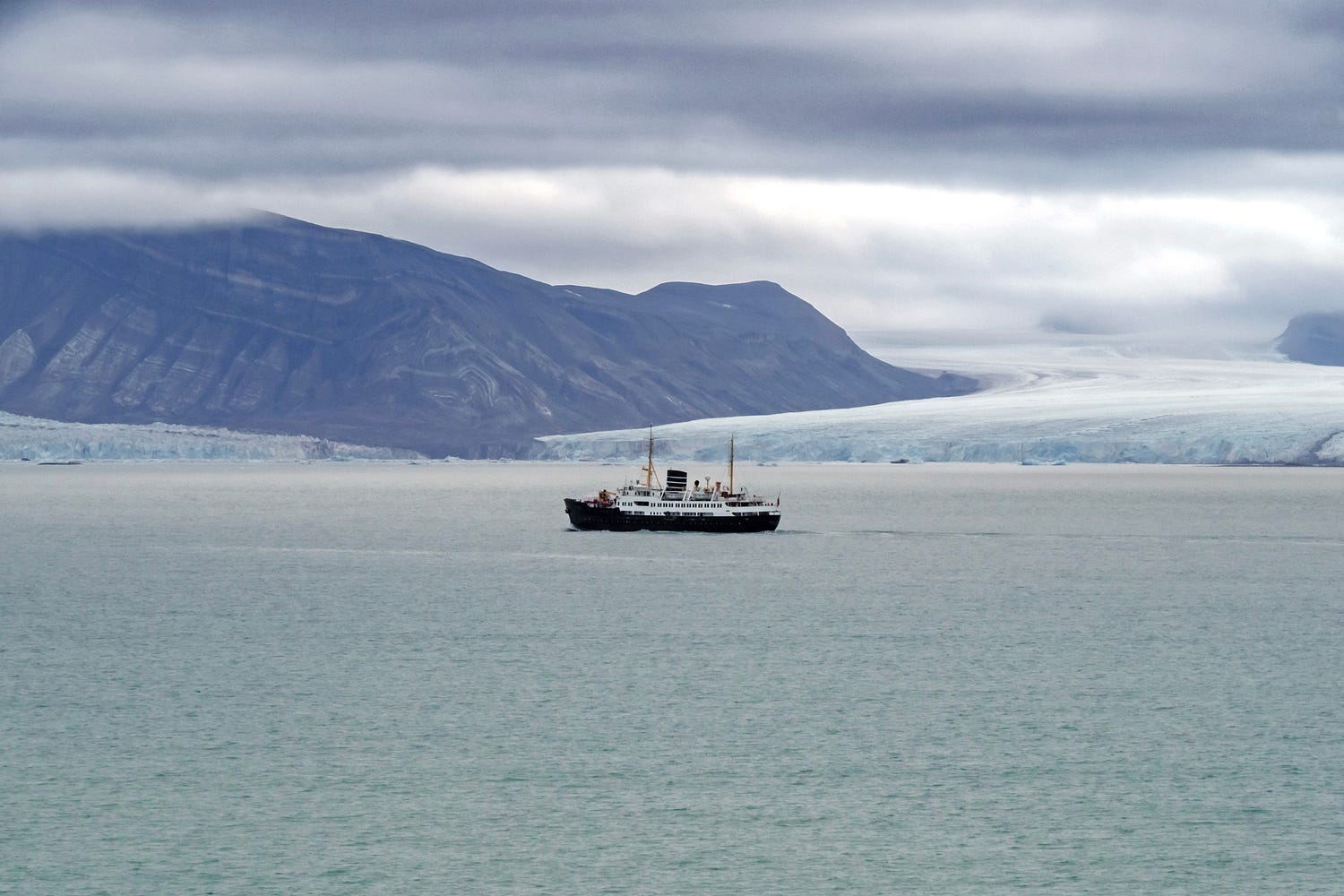
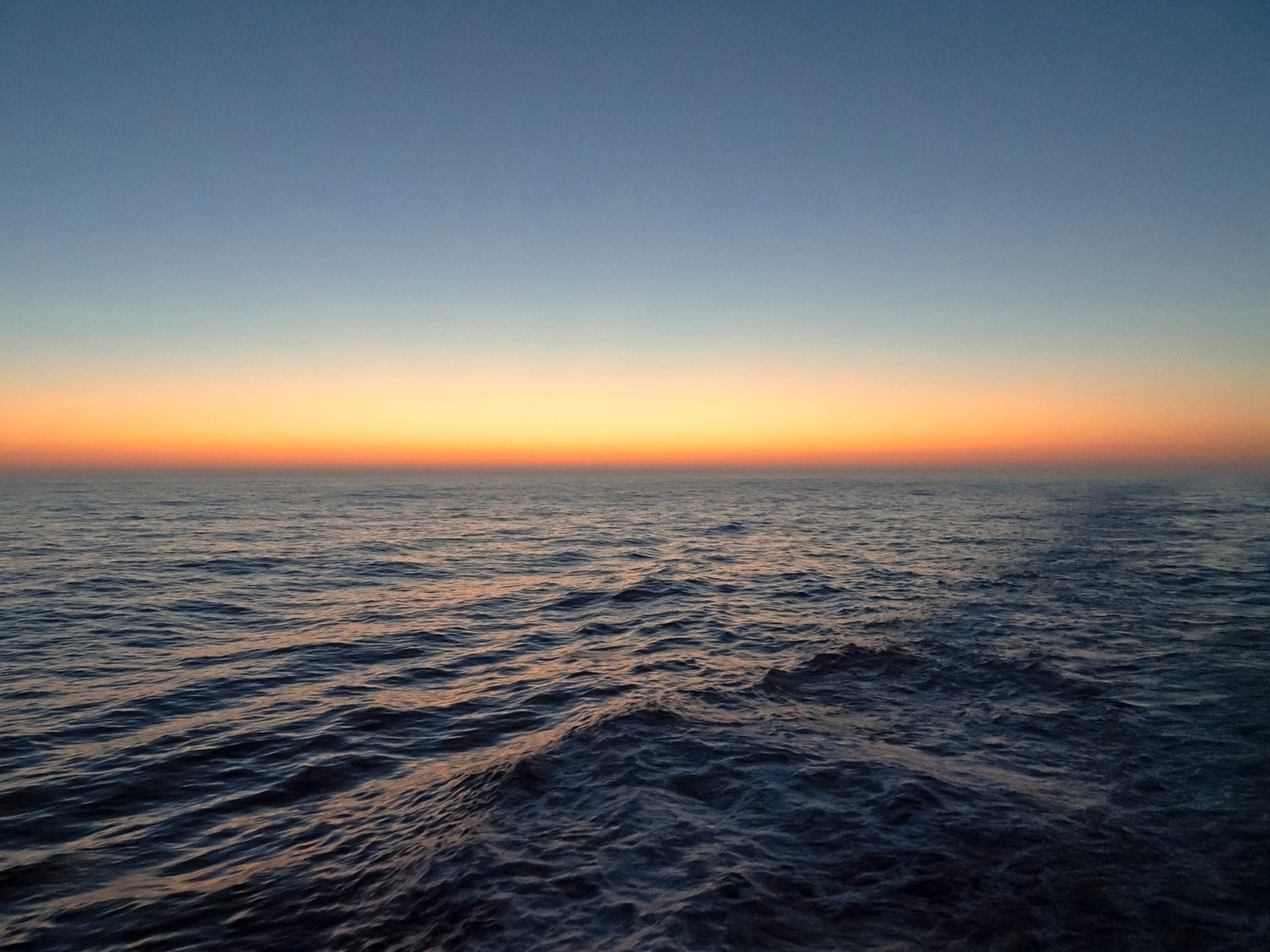
Thanks for sharing your experience and beautiful photos.
Thanks for the interesting and informative article. The photos are lovely...